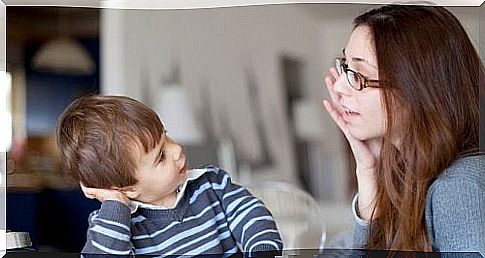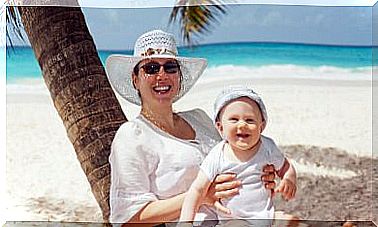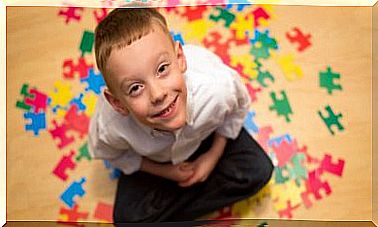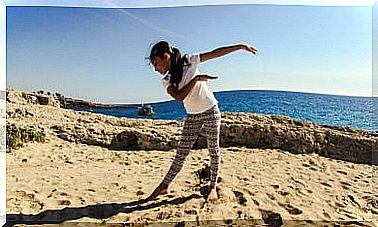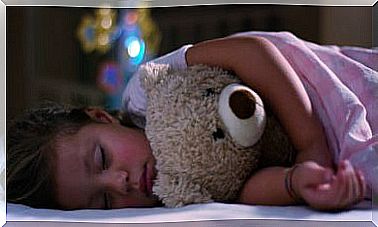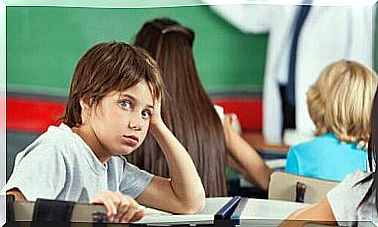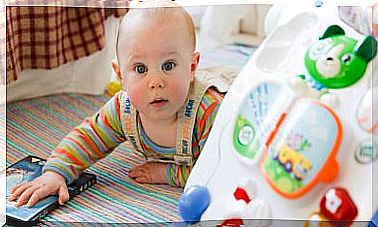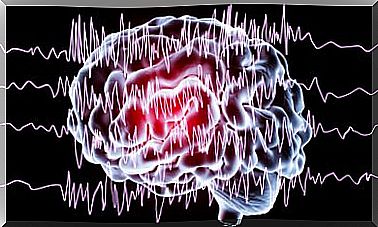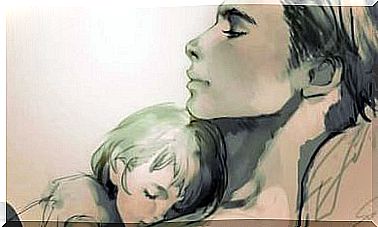Childhood Disintegrative Disorder: Symptoms And Treatment
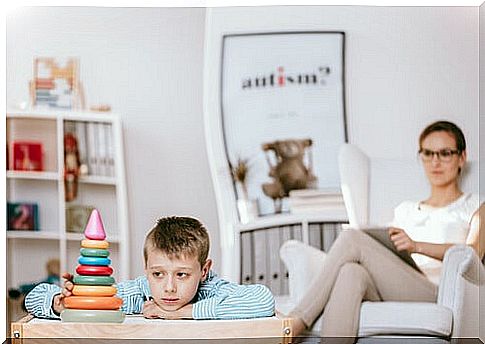
In the list of the so-called rare diseases, the infantile disintegrative disorder or Heller syndrome is located. Described in 1908 by the Austrian psychiatrist Theodore Heller, it is one of the pervasive developmental disorders. It is distinguished by causing a regression in different performance areas.
It appears between 3 and 10 years of age and those affected appear to have satisfactory evolutionary progress. However, soon after, their linguistic, behavioral and social skills begin to disintegrate. You can even notice the setback in play, motor skills, and toilet training.
This disorder is considered by specialists as a destructive and chronic disorder, which can lead to absolute dependence. Some classify it as a kind of dementia, because of the hallucinations or unrealistic perceptions that it can unleash. For this effect, they also call it disintegrative psychosis.
The child before childhood disintegrative disorder
Up to three years of age, the child reflects an evolution according to what was expected for his young age. He is able to explain events in the recent past and to use sentences of up to four words; answers questions and increases his vocabulary.
In the motor area and personal autonomy, progress is also seen. Jump on both feet, eat using the spoon or fork, and drink without spilling the liquid. Knows the bathroom parts and uses them with adult supervision.
On the other hand, in the social aspect, he copes appropriately in his usual environment. He plays with other children his age and identifies significant or well-known adults.
Onset of childhood disintegrative disorder
At three years of age or earlier, regressions in the child’s abilities begin to be observed. The onset of childhood disintegrative disorder can happen suddenly or gradually. In language it is more noticeable, since it can be totally lost and thus impede its communication.
Likewise, their social interaction is altered and their interest in others diminishes. There is also a severe isolation: the child will not play or integrate as before and will prefer to be alone most of the time.
Additionally, you will lose your fine and gross motor skills. It will be difficult for you to walk and change position and stereotypes or swaying will appear in the body. At times, you will be aware of the disappearance of your abilities and will be anxious, restless and hyperactive; You may even feel angry and helpless.
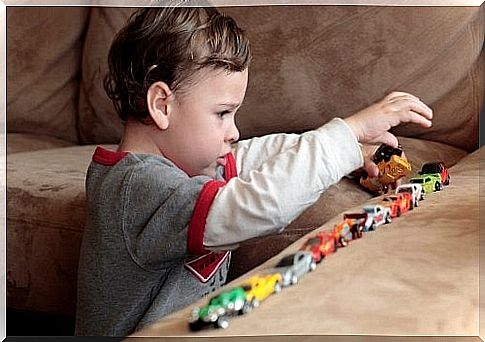
Clinical description of the alteration
In general terms, the symptoms of the diagnosis of childhood disintegrative disorder are summarized as follows:
- Partial or total loss of language at the receptive and expressive level.
- Communication deficit.
- Withdrawal in adaptive behaviors and social interactions.
- Disinterest in immediate context, withdrawal.
- Apathy for playful activities.
- Fine and gross motor incoordination.
- Repetitive or stereotyped movements.
- Loss of sphincter control.
- Appearance of enuresis.
- Lack of emotional or social reciprocity.
If the disorder affects adults, most of them are completely dependent. Therefore, they demand constant care, preferably in specialized institutions; furthermore, life expectancy may be short.
Possible triggers for the alteration
A specific cause for this syndrome has not been determined. It is estimated that its appearance is due to an infectious picture in the nervous system. Suffering from a traumatic episode, be it physical or psychological, is also associated with this condition.
Similarly, seizures, tuberous sclerosis, and brain abnormalities have been mentioned as other possible triggers. Without being certain of the reasons, it has been determined that the propensity is higher in men than in women.
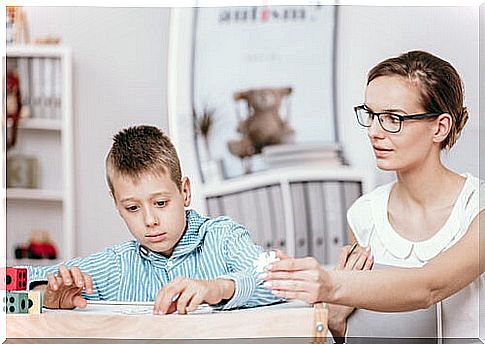
Usual treatment of the disorder
There is no exclusive treatment; in fact, there are controversies on this issue. In essence, it is aimed at improving the symptoms, but not the disorder itself. It has been shown that the child does not get to fully regain the skills that have disappeared.
Improvements can come with some therapies, but in most cases, these little ones will not be fully independent again. When there is evidence of aggressive behaviors, anxiety, and depression, antidepressants and antipsychotics are often prescribed.
Drug treatment is similar to that of children with autism. However, the procedure for neurological monitoring and the behavioral plan differ somewhat. In general, behavioral and communication therapies, special diets and so-called alternative medicines are used.
It is recommended that the family receive psychological support to accept the child’s involution. Information and knowledge of the disease are key .
Behavioral therapy intervention
The applications of behavioral therapies have offered important benefits in patients with childhood disintegrative disorder. The active participation of families and teachers in a motivational environment favors the state of mind.
Its purpose is to provide the little one with experiences that favor their communication skills; also, teach him basic rules of conduct and social routines that are easy to follow. It is about trying to preserve some activity that guarantees a better quality of life. Contact with animals such as horses or dolphins may help.
Over time, the deterioration can stop. Certain functions may reappear in a very limited way, such as speech, but you will only be able to build a few sentences. Communication skills, meanwhile, will continue to decline.
